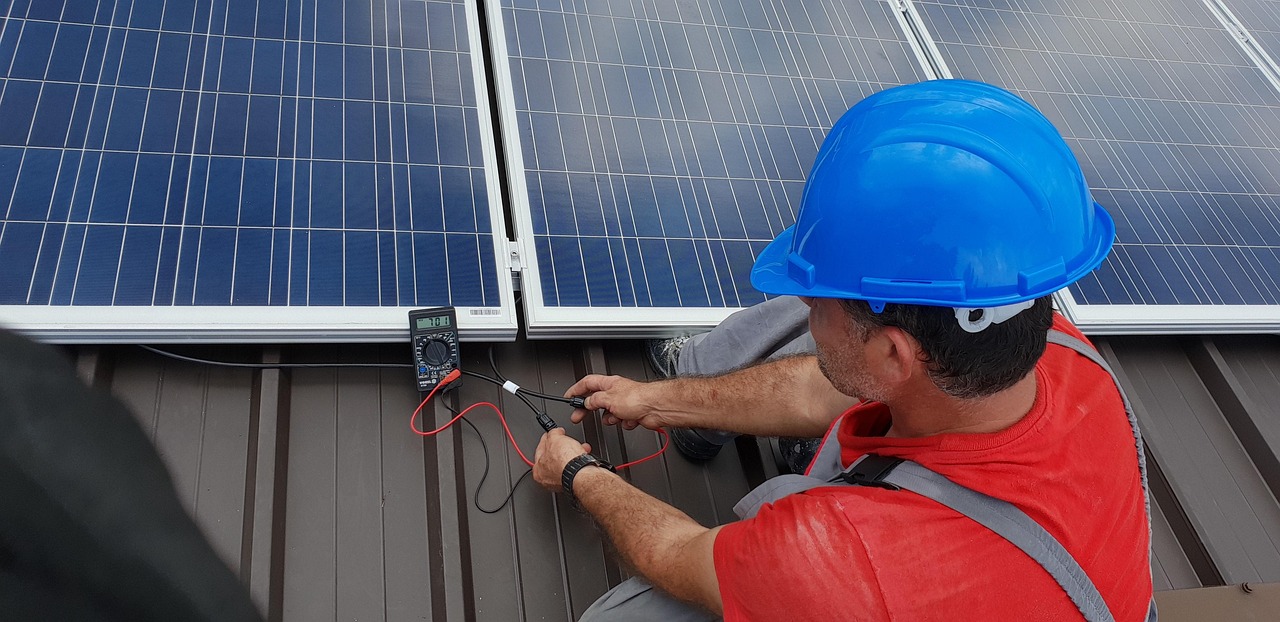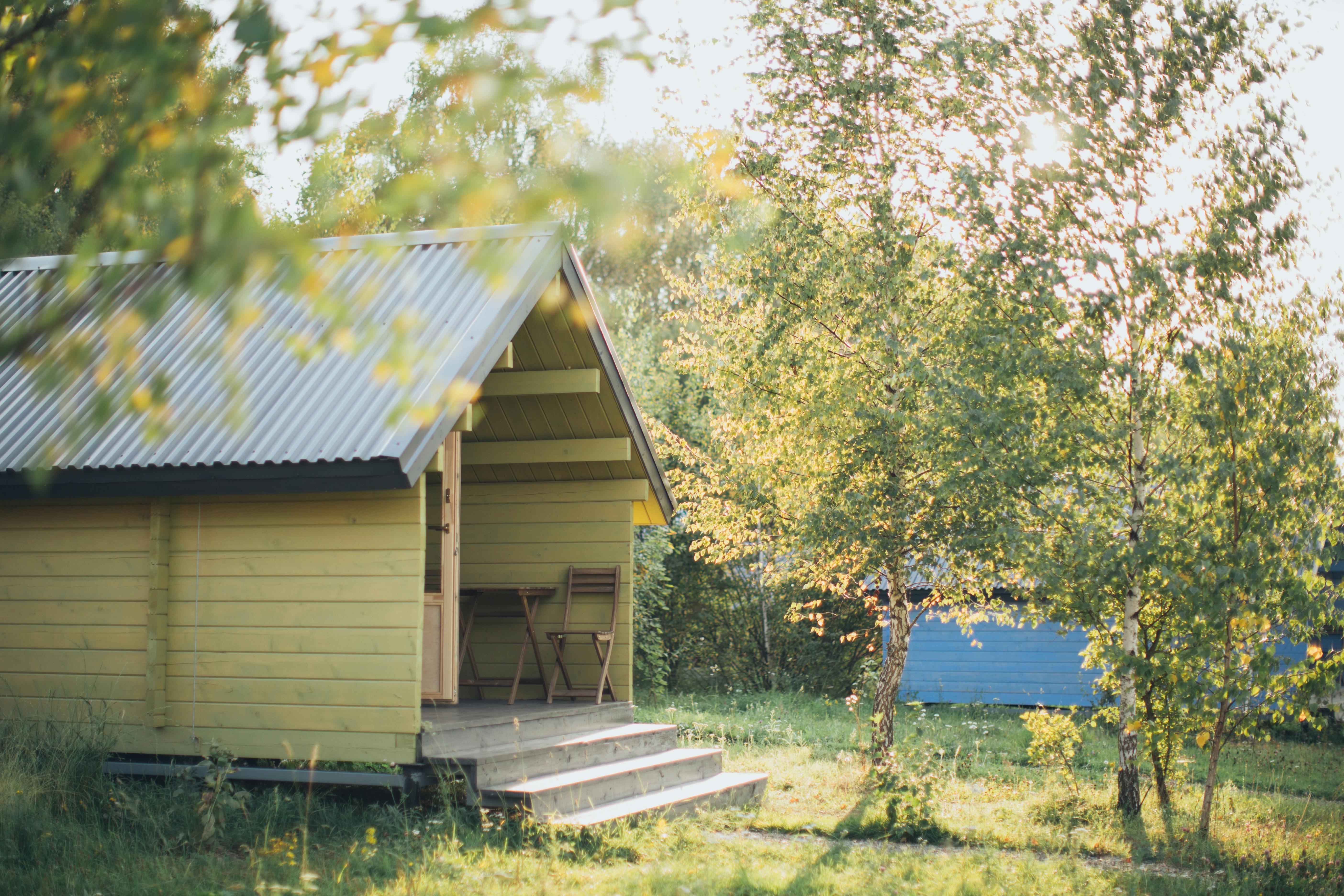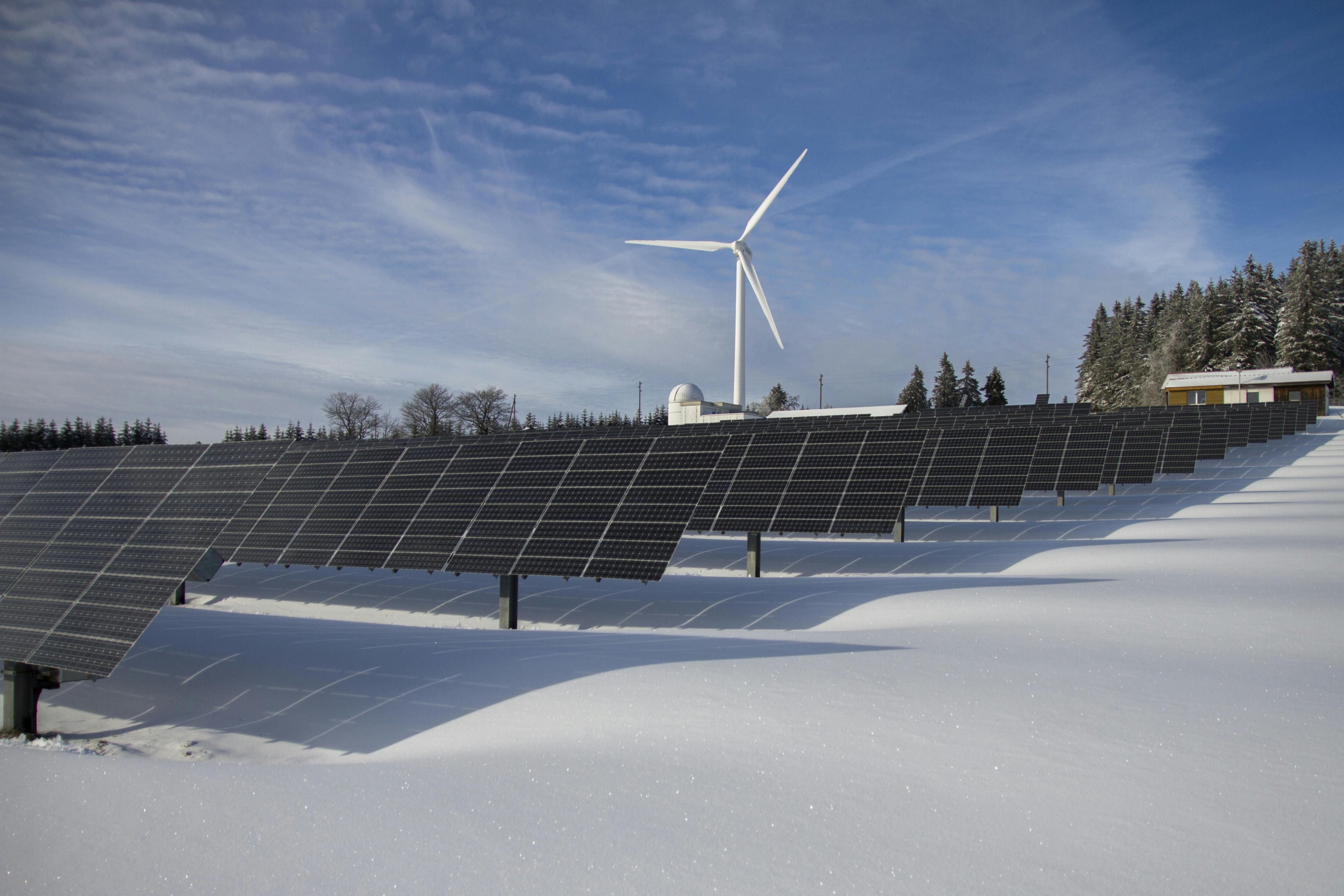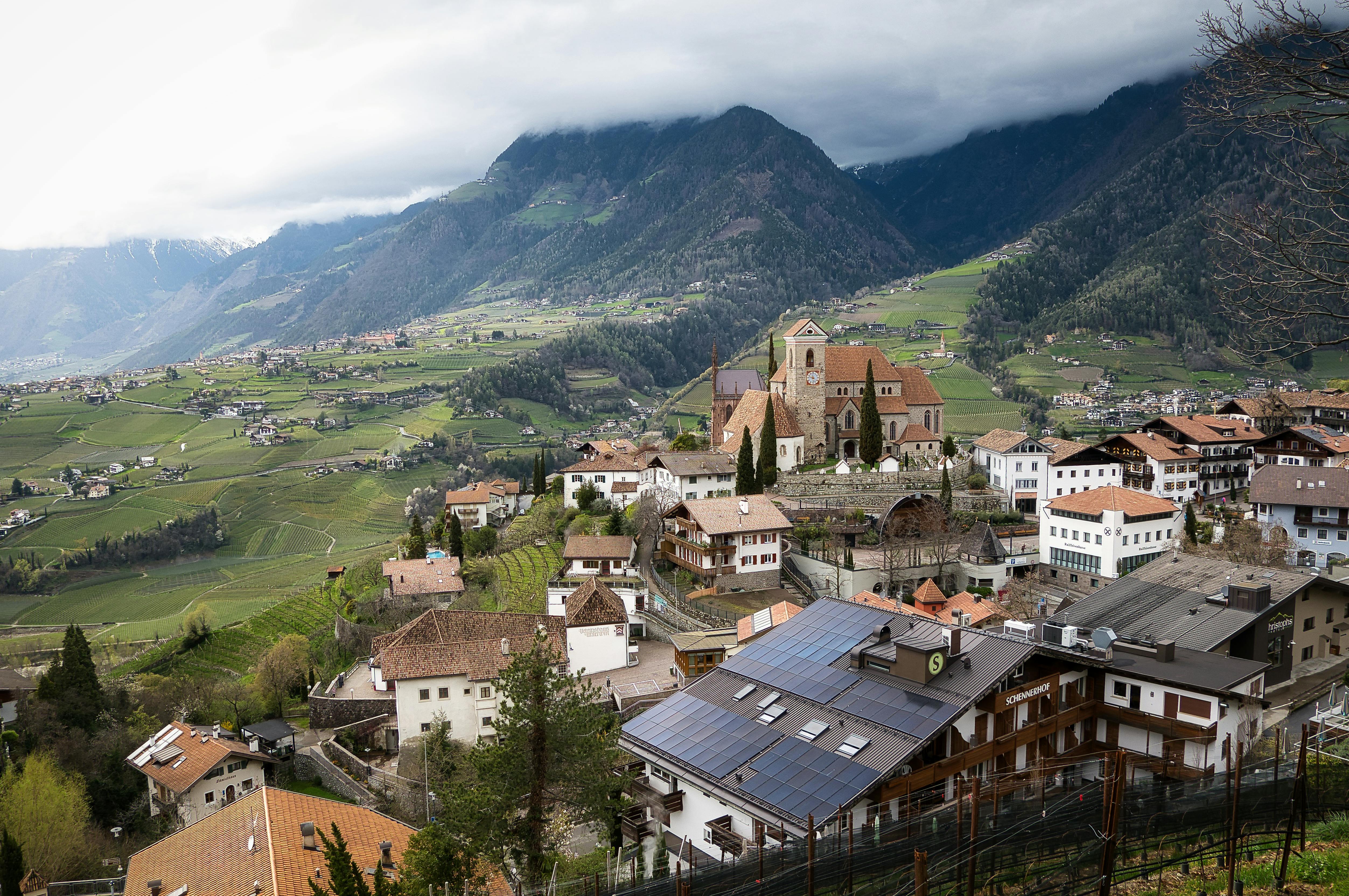How to Choose the Right Solar Panels for Your Home
Learn how to choose the right solar panels for your house, consider sunlight exposure, roof orientation, space & budget.

Quick Navigation:
- Why should you install solar panels?
- Are solar panels right for you?
- Considerations for choosing solar panels
- Expert advice
If you’re wondering how to choose the right solar panels for your home, we can help.
In many parts of the UK, solar panels are still relatively uncommon, but you've likely noticed more popping up in recent years. This surge is driven by rising energy costs and homeowners looking to reduce their carbon footprint.
With solar panel prices dropping significantly, more people are now considering solar energy as a sustainable option. But the next step, choosing a solar panel system, can feel overwhelming. Whether you’re focused on cutting energy bills or boosting your home's eco-credentials, choosing solar panels that match your location, roof type, and energy needs is crucial.
For a personalised recommendation, try our solar panel calculator. It takes your home’s details into account and provides tailored advice on the best solar panel system for you.
Key Takeaways:
- Monocrystalline panels – the most efficient and durable option, ideal for smaller roofs or homeowners wanting maximum output.
- Polycrystalline panels – more affordable, slightly less efficient, but perfect if you have more roof space.
Choosing Solar Panels: 2 Types
When it comes to choosing solar panels, understanding the different types available is crucial. There are two types of solar panels used in residential solar systems that you need to be aware of: monocrystalline and polycrystalline. Each has its own advantages and disadvantages, so it's important to know what sets them apart before making your decision.
1. Monocrystalline Solar Panels
Monocrystalline panels are the most efficient and durable option on the market. They are made from a single, pure crystal of silicon, which allows for a higher energy conversion rate. This means that monocrystalline panels can generate more electricity from the same amount of sunlight compared to other types. They are ideal for homes with limited roof space, as you can produce more energy with fewer panels.
2. Polycrystalline Solar Panels
Polycrystalline panels are a more affordable option compared to monocrystalline. They are made from multiple silicon crystals, which gives them a slightly lower efficiency but makes them more cost-effective. While they don’t perform as well as monocrystalline panels in limited space, they are a solid choice for homes with ample roof area and are still widely used for residential installations.
Choosing Solar Panels
When choosing a solar panel system, the type you select will largely depend on your specific needs, how much energy you want to produce, how much roof space you have, and your budget. If you're looking for maximum efficiency and have a higher budget, monocrystalline panels are likely the best option. If affordability is your top priority and you have enough roof space, polycrystalline panels may suit your home.
By understanding these solar panel types, you can make an informed choice that aligns with your energy goals and budget. To further help you in choosing solar panels, use our solar panel calculator to determine which type and how many panels will work best for your home.

Why should you install solar panels?
Still unsure? Here are a few of the benefits of installing the right solar panels.
- You’re going to save money. Solar panels can recover their initial purchase and installation costs after about 5–10 years in energy savings. There are some variables such as where you are in the country, what direction your roof faces and how many panels you have, but that’s a pretty reliable average time for recovering your initial costs.
- Environmental impact. Sure, energy agencies around the world are gradually moving away from fossil fuels that are pumping carbon into the atmosphere, but “gradually” is the important word here. It’s not happening fast enough, and there’s still political opposition to nuclear energy, wind farms and other renewable sources from all quarters. Sometimes you just need to be proactive.
- You can increase the value of your home. House-hunters know they won’t have to install their own panels and they’ll be able to benefit from the three factors listed above from the day they pick up the keys.
Recommended Article: Do Solar Panels Increase Your Home Value?
Expert advice: How to choose the right solar panel for you
By now, you’ve hopefully seen just how beneficial solar panels can be for your home. So, what’s next? Do you need to spend time researching suppliers and installers?
Good news, we’ve got you covered. As trusted suppliers and installers of solar panels, we’ve made the process simple. Head over to our home page and enter your postcode. You’ll answer a few easy questions about your home, like the direction your roof faces and its slope. Our Solar Panel Calculator will use this information to accurately estimate how much solar energy you can generate and what that could mean for your savings.
From there, we’ll walk you through the best solar panel options for your home and handle the installation process, ensuring everything is done by our team of experts. We’re here to guide you every step of the way, making it easier than ever to go solar.
Ready to get started? Try our Solar Panel Calculator now, and let’s begin your journey to a more sustainable future!
Ready to see what you can save?
Our solar calculator is 100% free to use. Enter your postcode below to get started.

Based on 400+ Trustpilot reviews






